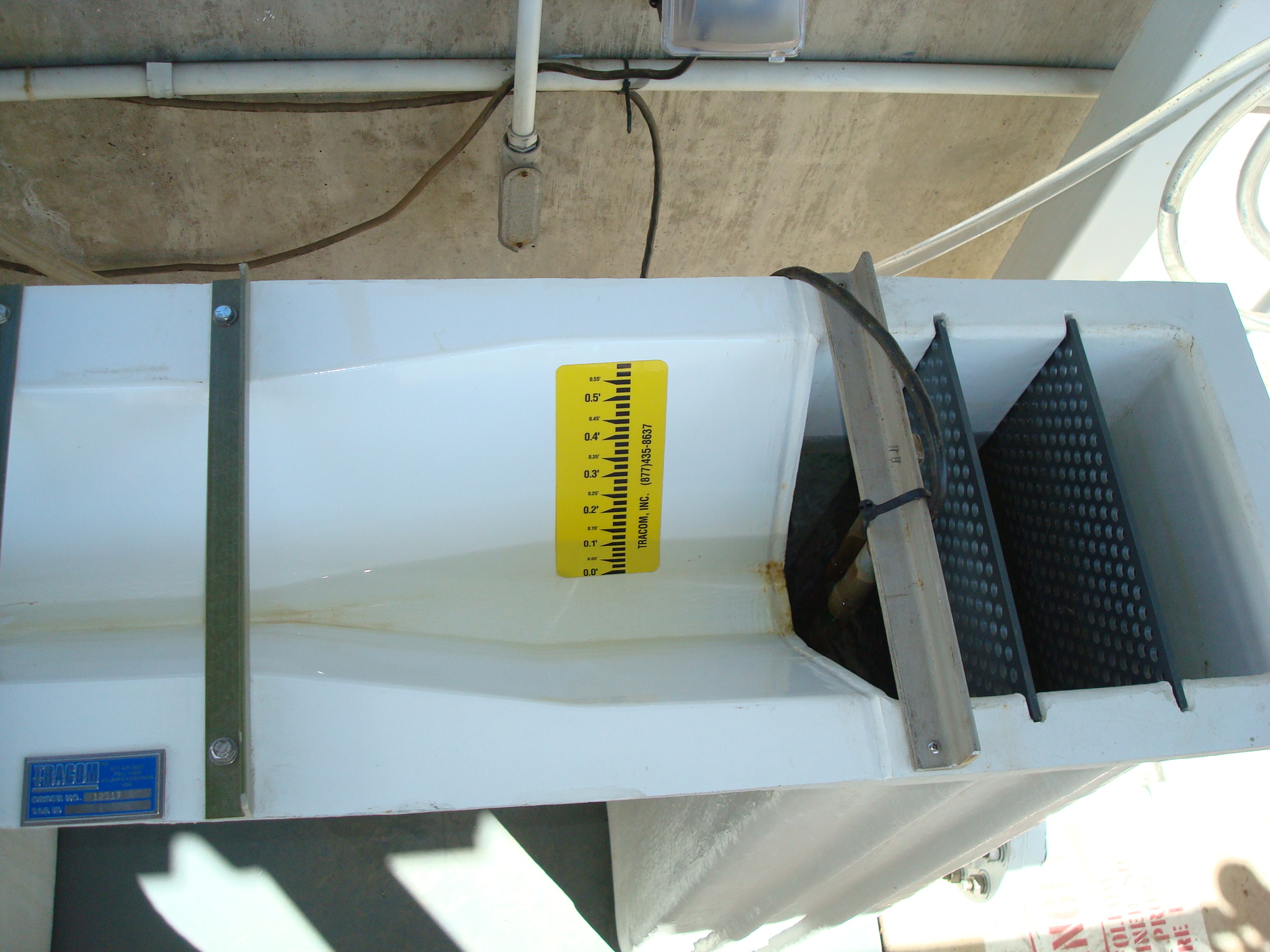The transition from pipe to flume isn’t always easy. Considering modern flow rates, many flumes in use are experiencing problems with the transition that negatively impact the overall performance of the flume. Before you can address these issues, however, you need to understand what they are.
Flume flow transition problems are common, but there are solutions that can help maximize the efficiency of the entire process. Learn all about the common flume flow transition problems and discover how a poor transition can affect flow measurement.
The Flume Is Set Below the Inlet Pipe
It may seem like common sense to set the flume below the inlet pipe. After all, it basically ensures that the water will reach the flume regardless of flow rate. There is a problem with that setup, however, as it compromises the entire purpose of a flume. When it’s set below the inlet pipe, it can’t properly measure the flow rate.
As water comes out of an inlet pipe into a flume set too far down, it will jump a bit after falling the distance into the flume. The jump could occur in different places depending on the distance between the end of the inlet pipe and the flume’s surface, but it will throw off the flow rate indicator either way.
The Inlet Pipe Is Too Inclined
One of the primary functions of a flume is to accelerate slower flows to reach a critical state. It’s in that state that proper measurements can be taken. In order for that to happen properly, however, the water needs to enter the flume from the inlet pipe at a relatively slow speed to begin with.
When the inlet pipe has a steep incline, the flow will already be travelling at a supercritical state, or way too fast. This causes the water to pass quickly through the flume which, in turn, lowers the water level in the flume. With a lower water level, the flow rate readings will be lower than what the actual flow is.
The Pipe Is Too Close to the Convergence
Imagine looking at a flume from a bird’s-eye view. From this top down view, you’ll notice that the flume looks similar to an hourglass with a large opening, a narrow middle, and a relatively large ending area. The middle area is known as the converging section of the flume, and that’s where the measurement happens.
If the inlet pipe is situated too close to the converging section, it will negatively affect the velocity profile. The wide opening area is there to ensure the water in the flume is well-distributed to create an optimal velocity profile. That’s the only way to get an accurate reading of the flow rate. To fix this, you’ll need to either get a flow conditioner or adjust the entire installation.
Find a Quality Flume
Now that you’re aware of the common flume flow transition problems, you know what to look out for if you need a new flume. All that’s left is finding the right flume for your needs. That’s where Tracom is happy to help. With our diverse selection of fiberglass flumes, you’ll have no problem finding something fit to your unique qualifications. Contact us today to learn more.




